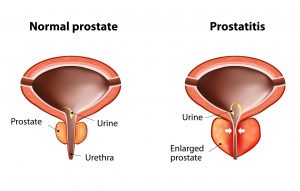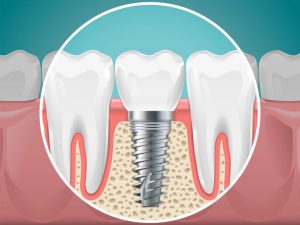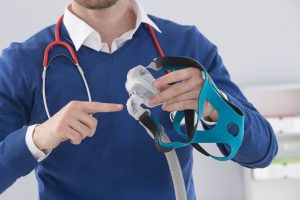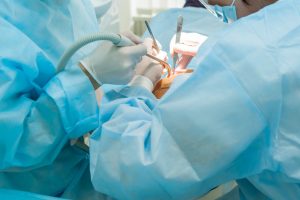Are you an experienced mushroom cultivator or a beginner looking to start out fresh? Whatever the case may be, working with mushroom spores can be a rewarding, yet challenging process. In order to get the most out of your cultivation process, there are a few tips and tricks to keep in mind. In today’s blog post, we’ll explore some of the best practices for successfully working with mushroom spores. Whether you’re a seasoned veteran or a curious newcomer, read on for some helpful advice!

It’s all about cleanliness
When it comes to cultivating mushrooms, cleanliness is key. This means everything from washing your hands and wiping down surfaces to making sure your equipment is sterilized. Any contamination during the cultivation process can spoil your entire batch, so it’s important to be meticulous about cleanliness. Before you begin, make sure you have all the necessary cleaning supplies and disinfectants.
Choose the right substrate
Choosing the right substrate is crucial for a successful cultivation process. A substrate is the medium in which your mushrooms will grow, and it can vary depending on the type of mushroom you’re growing. Some common substrates include straw, sawdust, or compost. According to a respected source for mushroom spores, Sacred Mushroom Spores, before picking your substrate, make sure you research the specific mushroom species you’re working with and choose the correct substrate accordingly.
Humidity is key
Mushrooms thrive in humid environments, so it’s important to maintain the ideal humidity level throughout the cultivation process. Depending on the species, humidity levels can range from 80% to 95%. To maintain proper humidity, consider purchasing a hygrometer to measure the levels in your grow area. You can also invest in a humidifier or mister to keep the air moist.
Temperature matters
Temperature is another important factor to consider when cultivating mushrooms. Different species have different temperature requirements, but most mushrooms grow best in temperatures between 55°F and 75°F. To maintain the correct temperature in your grow area, consider purchasing a temperature controller or thermostat. It’s also important to monitor the temperature regularly to ensure that it stays within the desired range.
Patience is a virtue
Cultivating mushrooms takes time and patience. It can take anywhere from a few weeks to several months for mushrooms to fully mature. During this time, it’s important to monitor your grow area and make any necessary adjustments to ensure optimal conditions. Be patient and trust the process – with a little bit of TLC, your mushroom spores will flourish into a beautiful harvest.
Working with mushroom spores can be both a challenging and rewarding experience. By following these tips and tricks, you can ensure that your cultivation process runs smoothly and yields a successful harvest. Remember to prioritize cleanliness, choose the right substrate, maintain proper humidity and temperature, and be patient throughout the process. Whether you’re an experienced cultivator or a curious beginner, you’re on your way to mastering the art of mushroom cultivation!









